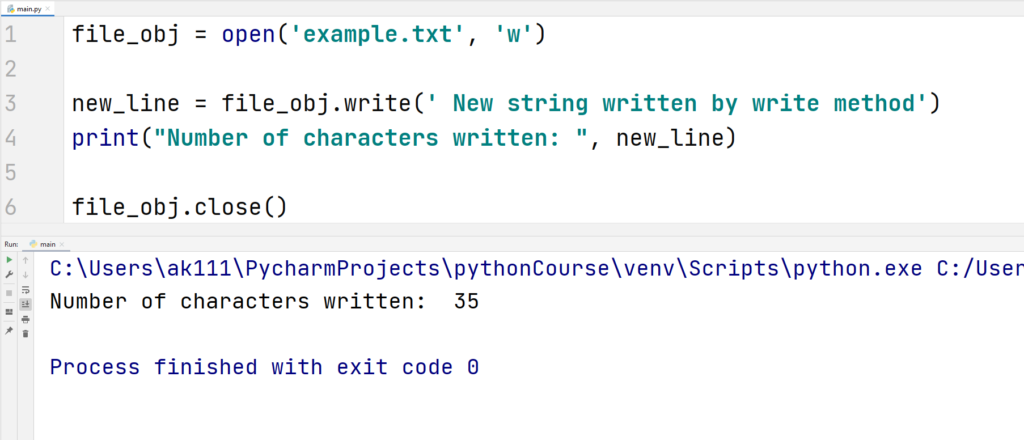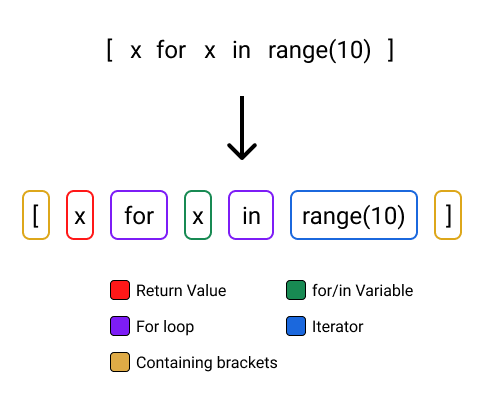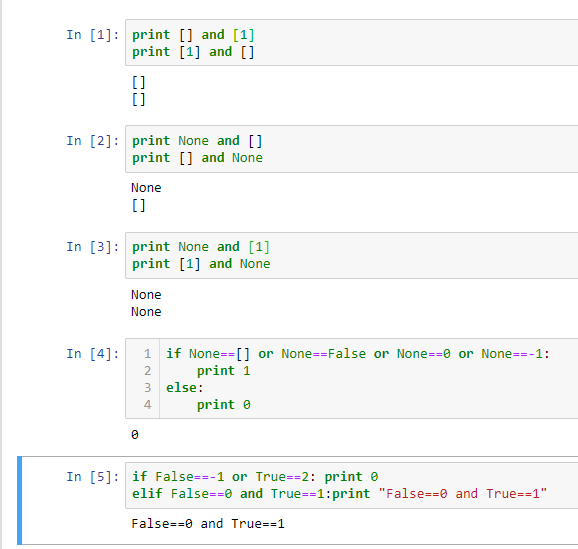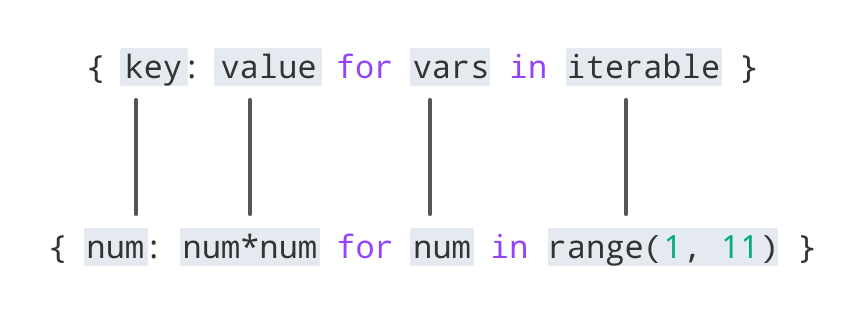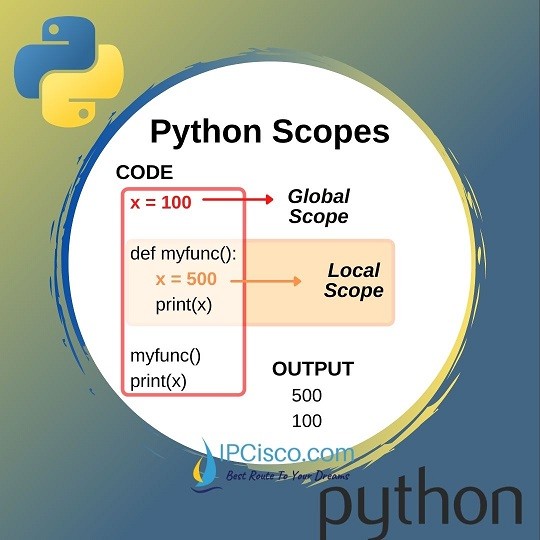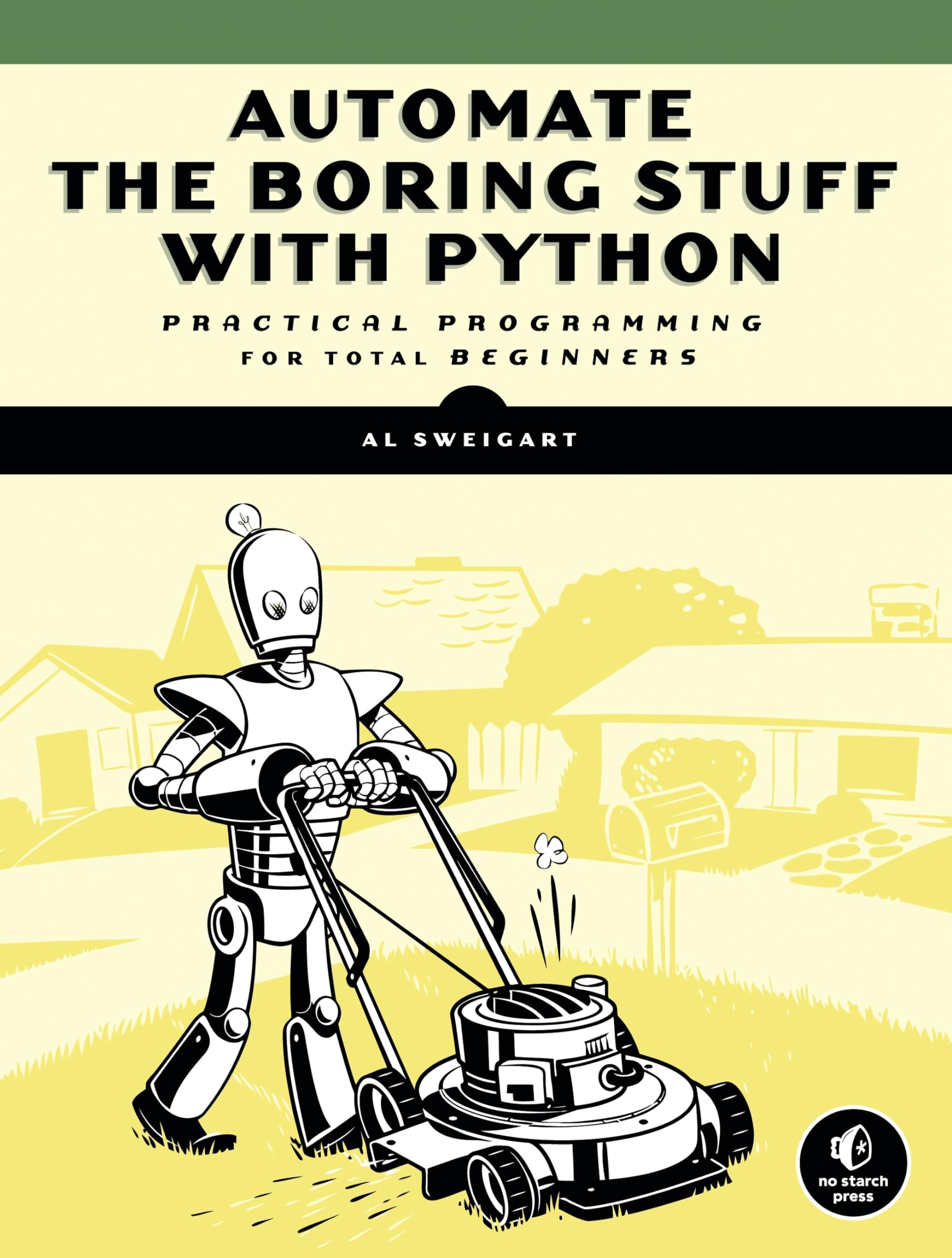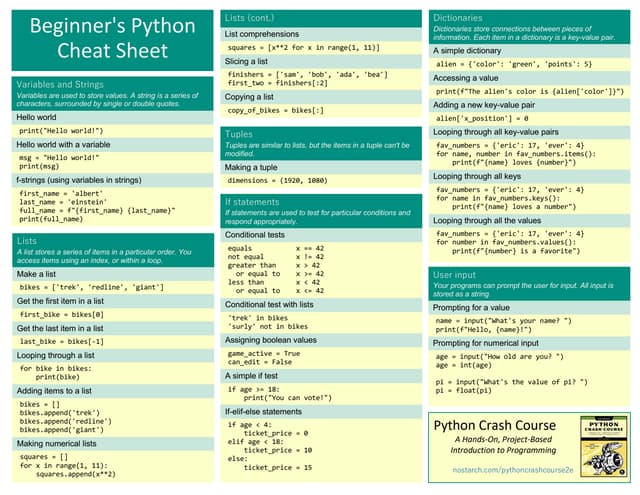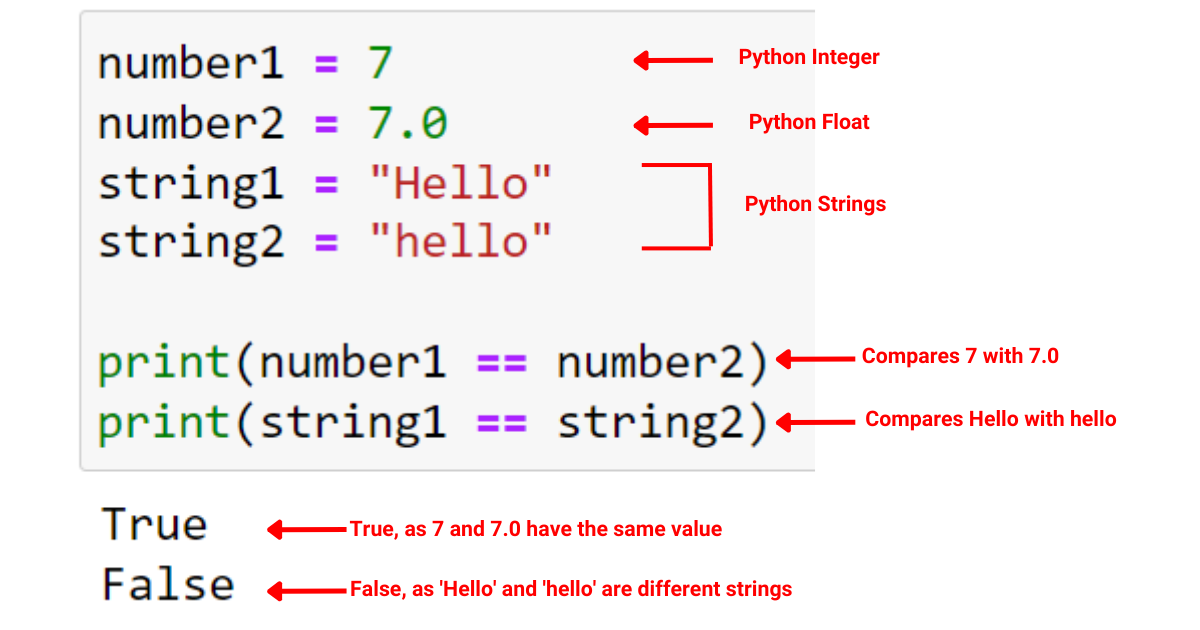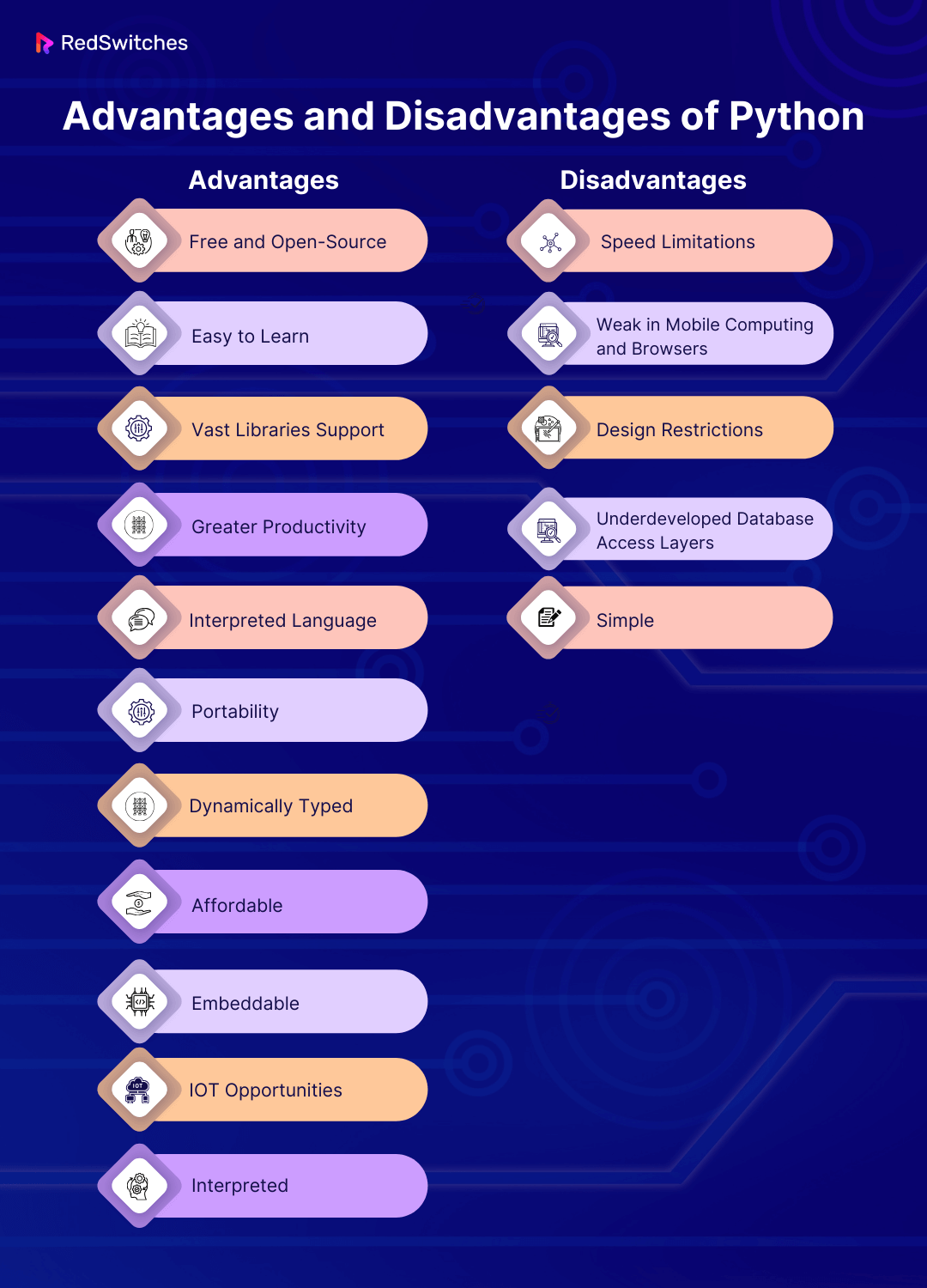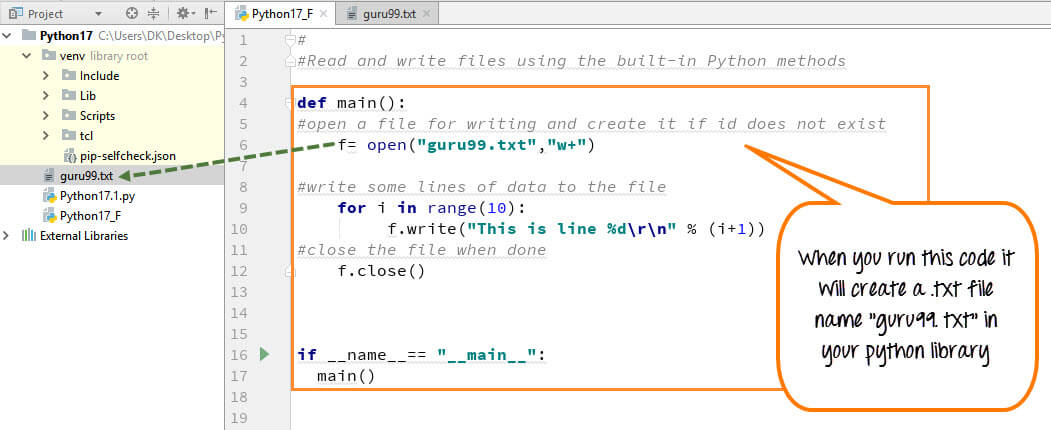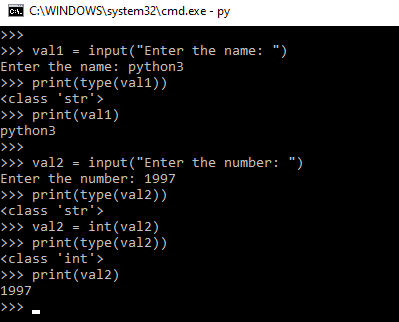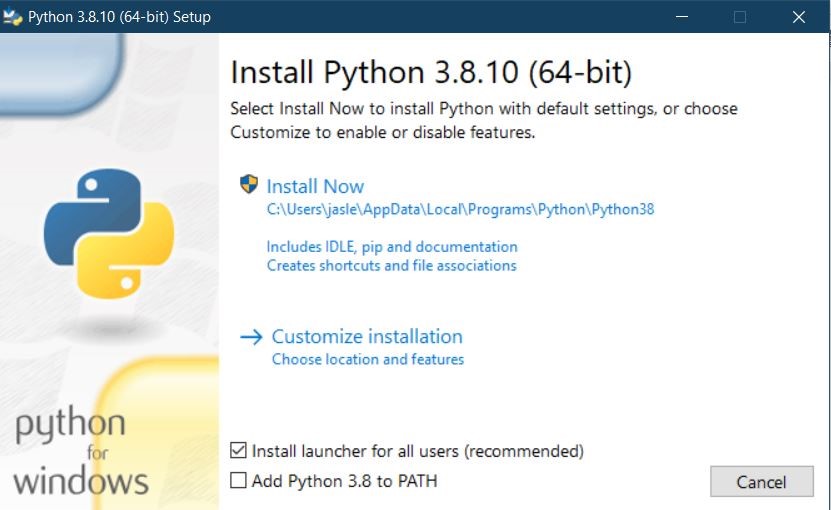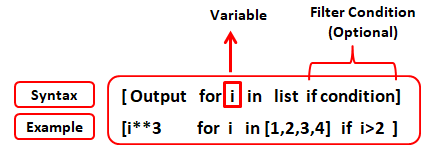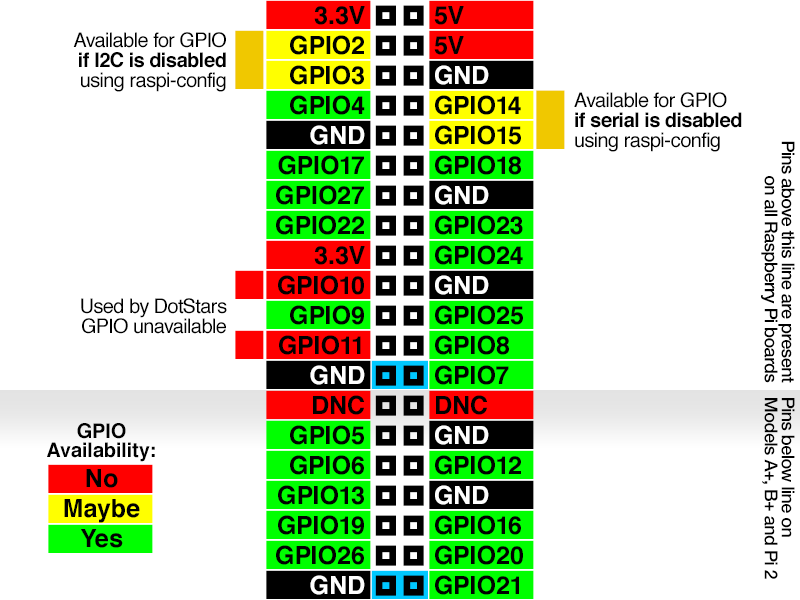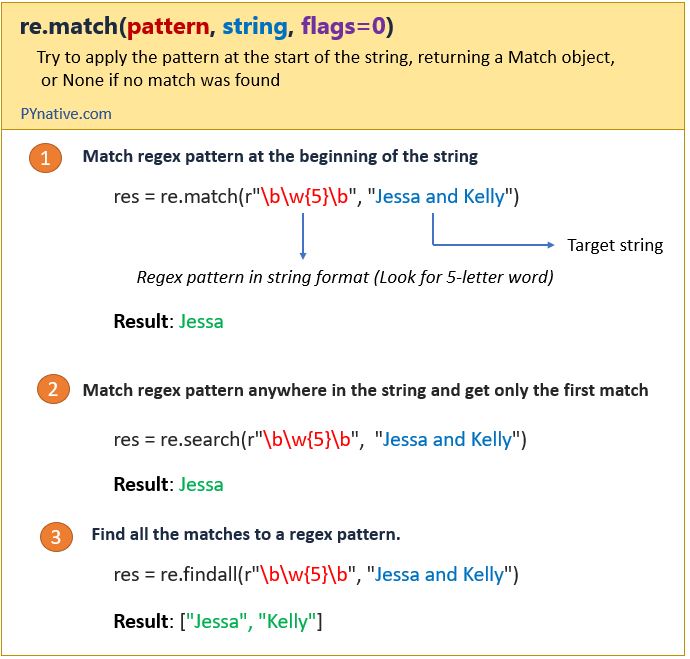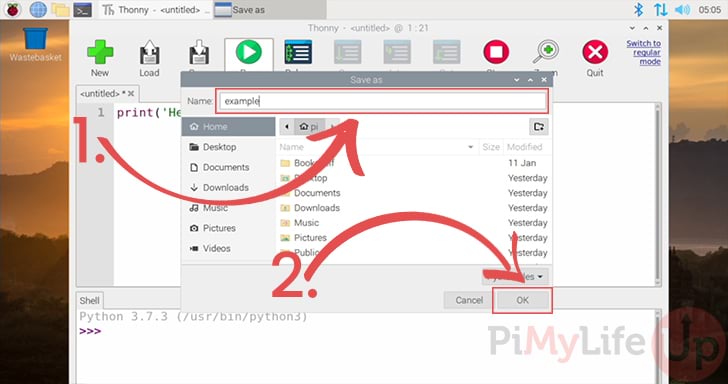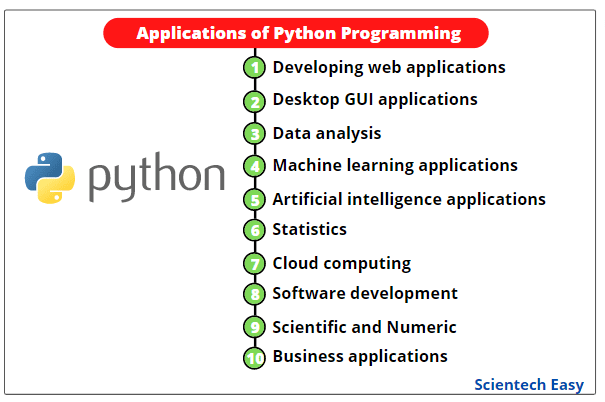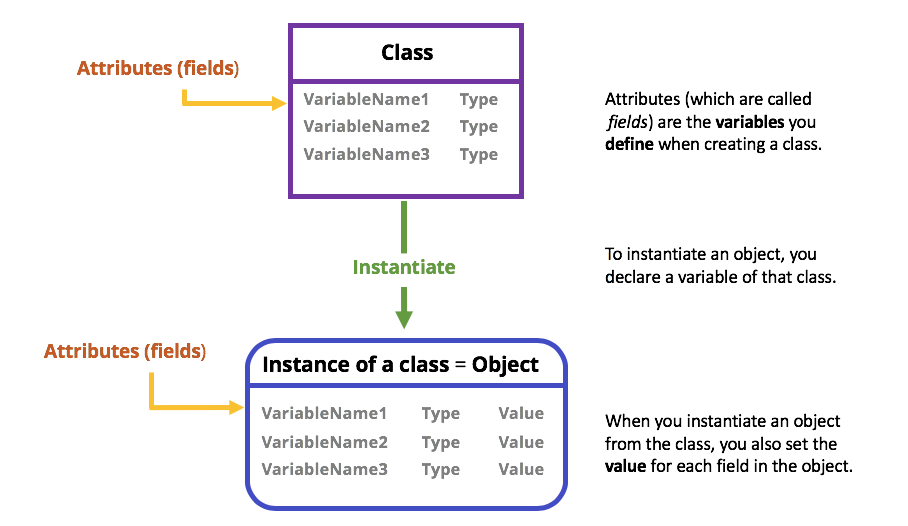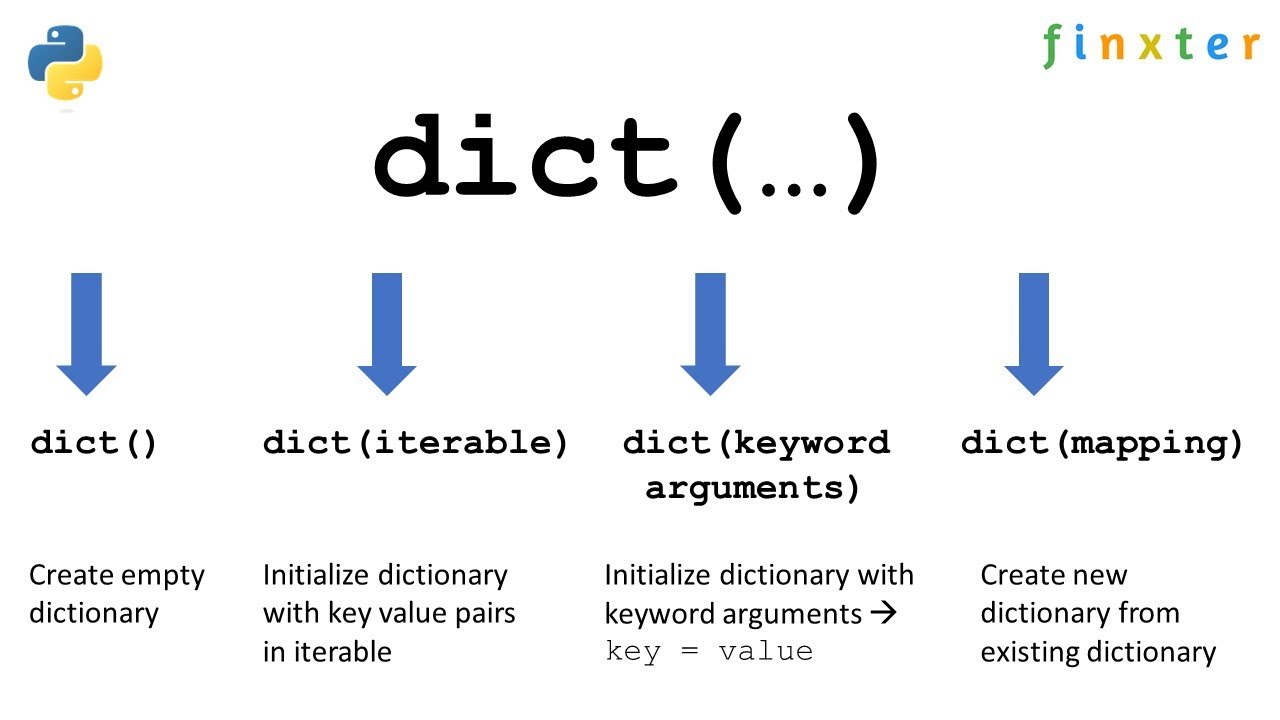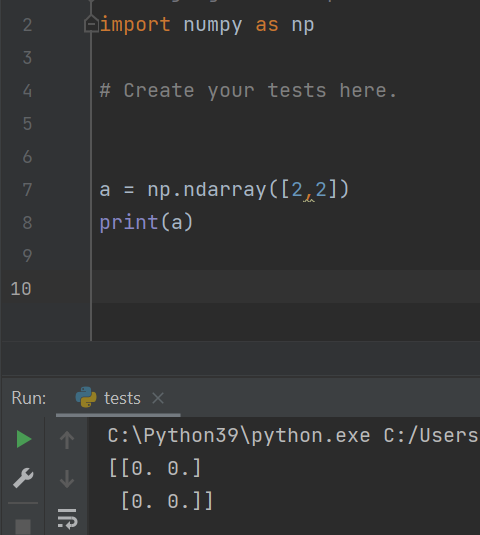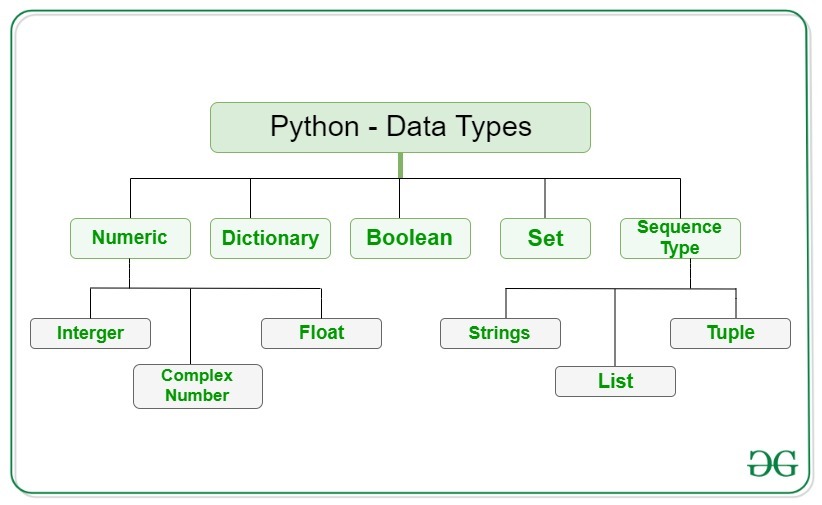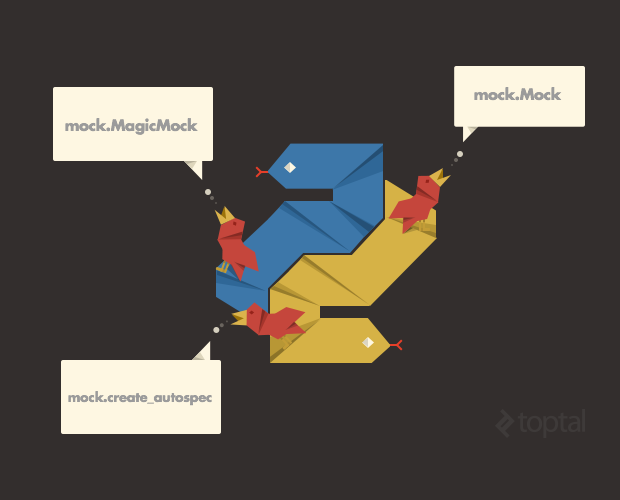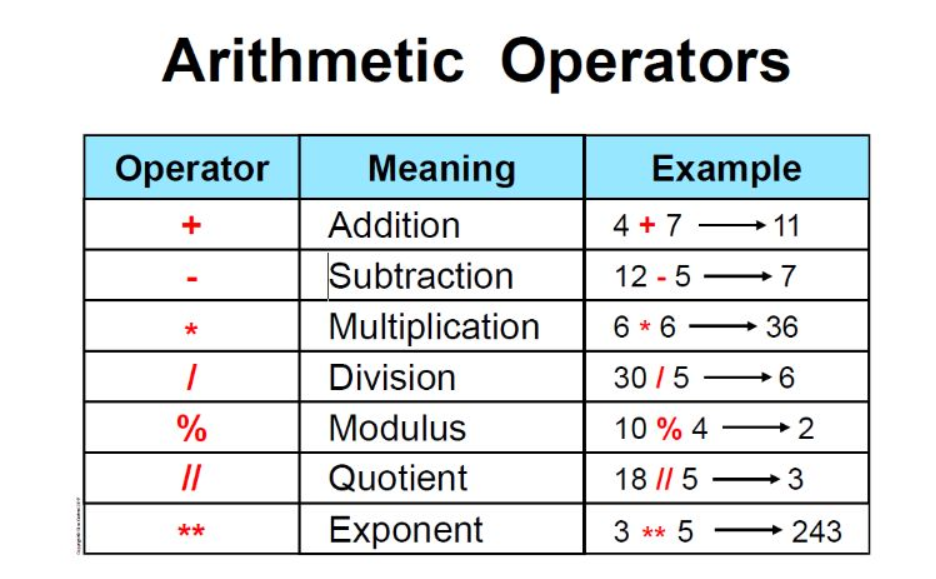list comprehension vs for loop python
list comprehension vs for loop python
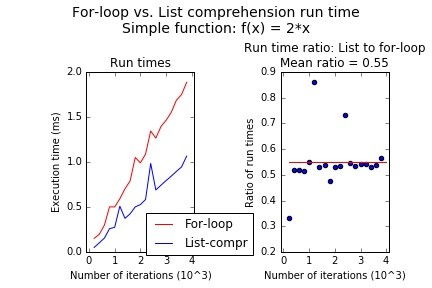
I'm happy to respond in English!
When it comes to Python programming, the age-old debate between list comprehension and for loops has sparked countless discussions among developers. Both methods have their unique strengths and weaknesses, making them suitable for different scenarios.
List Comprehension
List comprehension is a powerful tool introduced in Python 2.0 that enables you to create lists by processing existing iterables or strings. It's often used when you need to create a new list from an existing one, such as filtering, mapping, or reducing data.
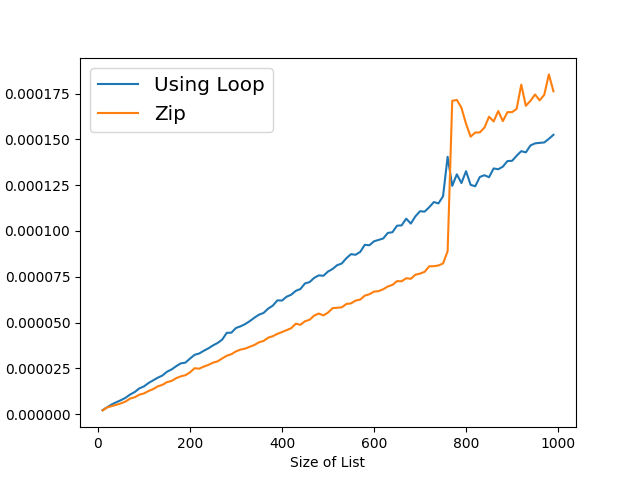
The syntax for list comprehension is straightforward:
new_list = [expression for item in iterable]
Here, new_list will contain the results of evaluating expression for each item in iterable.
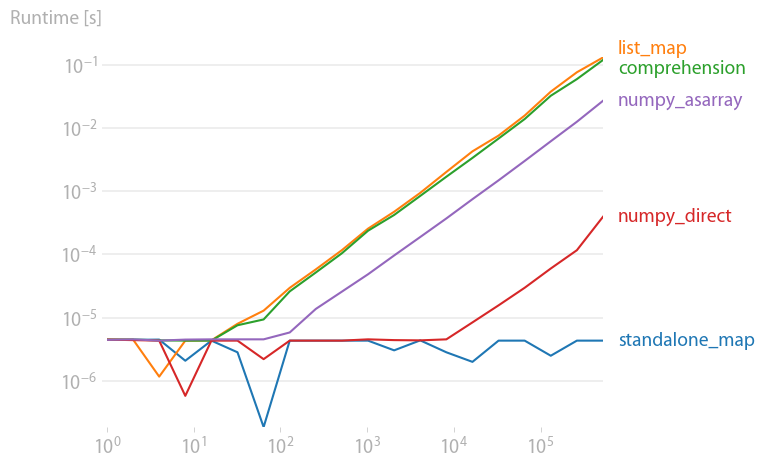
Example:
numbers = [1, 2, 3, 4, 5]even_numbers = [num for num in numbers if num % 2 == 0]
print(even_numbers) # Output: [2, 4]
In this example, even_numbers is a new list containing only the even numbers from the original numbers list.
For Loop
The humble for loop has been around since Python's inception and remains an essential construct in programming. It allows you to iterate over iterable objects, performing specific operations on each item.
The basic syntax for a for loop is:
for variable in iterable:
Code block
Here, variable will take on the value of each item in iterable during subsequent iterations.
Example:
numbers = [1, 2, 3, 4, 5]even_numbers = []
for num in numbers:
if num % 2 == 0:
even_numbers.append(num)
print(even_numbers) # Output: [2, 4]
In this example, even_numbers is an empty list initially. The for loop iterates over the numbers list and appends only the even numbers to even_numbers.
Comparison
While both methods can achieve similar results, they have distinct characteristics that make them more or less suitable depending on your specific needs.
Advantages of List Comprehension:
Concise code Faster execution (in many cases) Better for simple transformationsDisadvantages:
Can be less readable when complex logic is involved Limited support for nested structures (e.g., lists within lists)Advantages of For Loop:
Easier to understand and debug, especially with more complex logic More versatile, allowing for conditional statements and side effectsDisadvantages:
Generally slower than list comprehension Less concise codeConclusion
When deciding between list comprehension and a for loop, consider the specific requirements of your task. If you need to perform simple transformations on an iterable or create a new list with minimal logic involved, list comprehension is often a great choice.
On the other hand, if your needs involve more complex operations, conditional statements, or side effects, a for loop might be a better fit.
In either case, understanding both methods will enhance your Python programming skills and enable you to write more efficient, readable code.
Why are python list comprehensions faster for loops
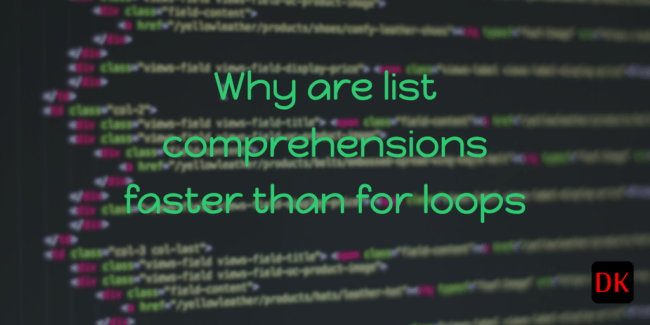
I'm happy to explain the speed difference between Python's list comprehensions and for loops! However, please note that I'll respond in English as per your request.
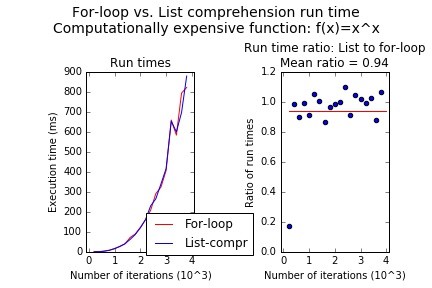
Python's list comprehension is a shorthand way of creating a new list from an existing iterable (like a list or tuple) by performing some operation on each element. On the other hand, a for loop is a traditional control flow statement that iterates over an iterable and performs some action on each element. Both methods can achieve similar results, but they differ in terms of speed and efficiency.
Here's why list comprehensions tend to be faster than for loops:
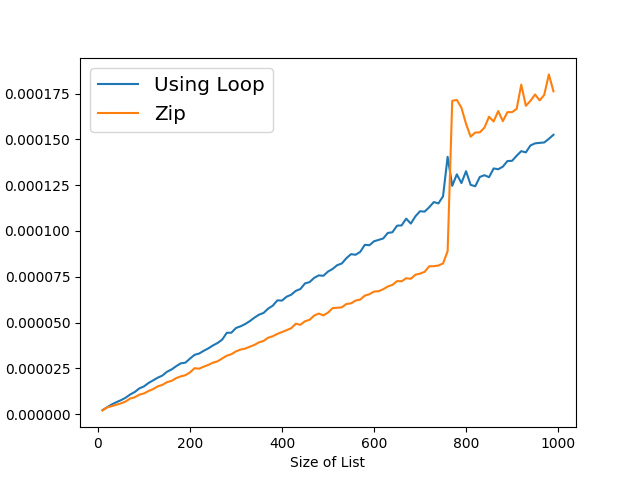
append(), extend() or insert()) on the target list. These method calls incur some overhead due to Python's dynamic typing and the need to look up methods at runtime. List comprehension, on the other hand, compiles into a single, efficient C-level operation. Simplified bytecodes: When the Python interpreter translates your code into bytecode, it optimizes away certain operations when using list comprehensions. This is because list comprehensions are designed to be fast and efficient. As a result, the generated bytecode is often more compact and optimized compared to the bytecode produced by a for loop. Cache-friendly: List comprehensions tend to generate more cache-friendly code due to their tendency to group related operations together. This means that modern CPU architectures can better utilize their caches when processing list comprehension-generated bytecode, which translates to improved performance. No explicit indexing: When using a for loop, you often need to access elements in the original list by indexing (e.g., my_list[i]). This requires more computation and memory accesses compared to list comprehensions, which work directly with the iterable's underlying data structures.
In summary, Python's list comprehension is faster than a for loop because it:
Allocates fewer memories Calls fewer methods Generates more optimized bytecode Produces more cache-friendly code Avoids explicit indexingWhile there are cases where a for loop might be the better choice (e.g., when you need to perform complex logic or side effects), list comprehensions generally offer a performance advantage due to their efficiency and optimization.
